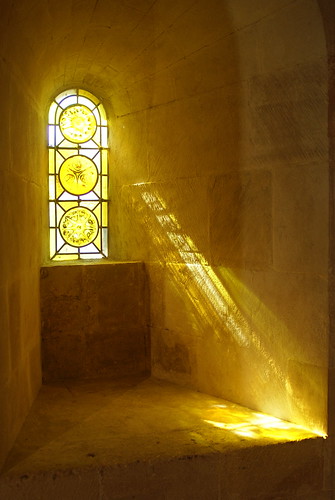The ability to change ISO on digital cameras provides the professional (and amateur, if he knows enough about technology) photographer opportunity to create quality images virtually anywhere and anytime.

In a nutshell, ISO technology replaced the old ASA on cameras requiring film. With our older models, we had to change film with different ASA if we wanted a different speed of film. Now, our digital cameras allow us to change ISO on a settings menu with a turn of the dial. No change of film is required, and images are saved on the memory card regardless of ISO setting.
Digital cameras use image sensors instead of film, and ISO (International Standards Organization) simply denotes how sensitive the image sensor is to the amount of light present. If the ISO is set at a high level, for example, the image sensors are more sensitive and pictures can be taken in relatively little light. On the other hand, lower ISO settings are used when more light is available.
Most digital cameras today have an ‘ISO Auto’ mode, which simply put, means the camera will select a higher or lower ISO, depending on available light. For the amateur’s needs for ease of use and quality pictures, the auto mode works well most if not all the time. However the professional photographer will need to learn to manually select ISO for quality pictures.
If you are not depending on ‘ISO Auto’ mode, the light meter on the camera tells you when you need to change the ISO. If there is not enough light for good exposure, you have a choice of either using the flash mode or changing the ISO. Using flash may be the best choice for good exposure. On the other hand, if you are in a museum or facility that does not allow flash photography, you always have the option of selecting the next higher ISO setting and a faster shutter speed. Adjusting ISO usually requires an adjustment in shutter speed and aperture.
If you have more light than you need and are in danger of bleaching out the photo, lowering the ISO will lower the image sensors and exposure is more likely to result in good quality. Again, depending upon what you want to capture in the photo, you may also need to adjust shutter speed and f-stop (aperture).

Our message in this discussion is that understanding ISO and developing the ability to adjust it depending upon the scene you’re shooting is another valuable tool in your camera bag. Appropriately adjusting ISO to circumstances of light equals good quality pictures.
No comments:
Post a Comment